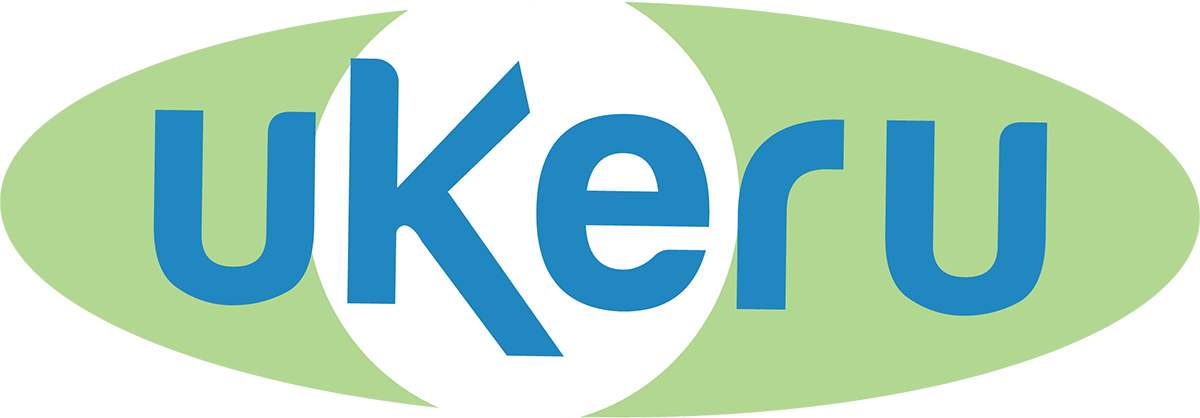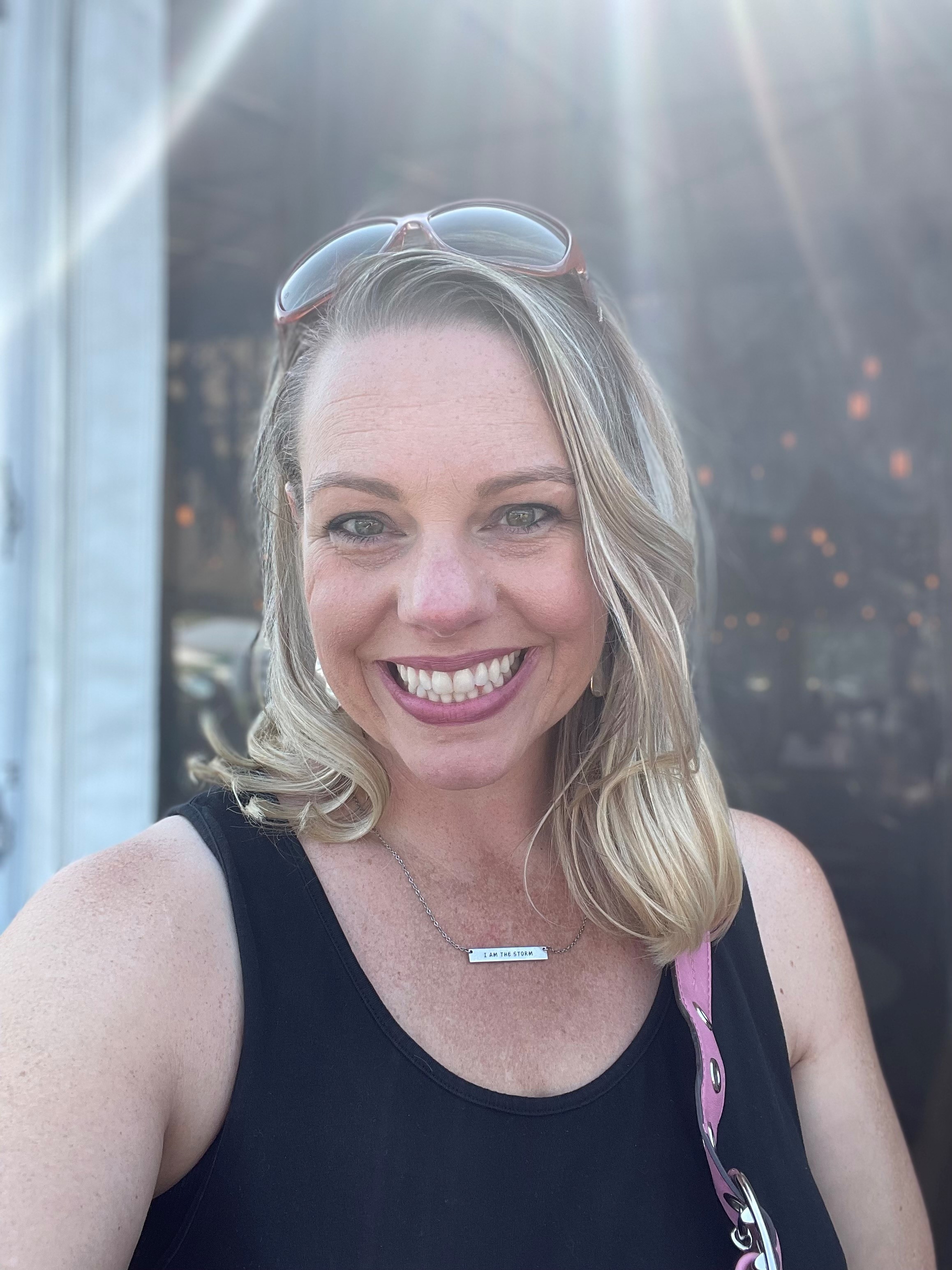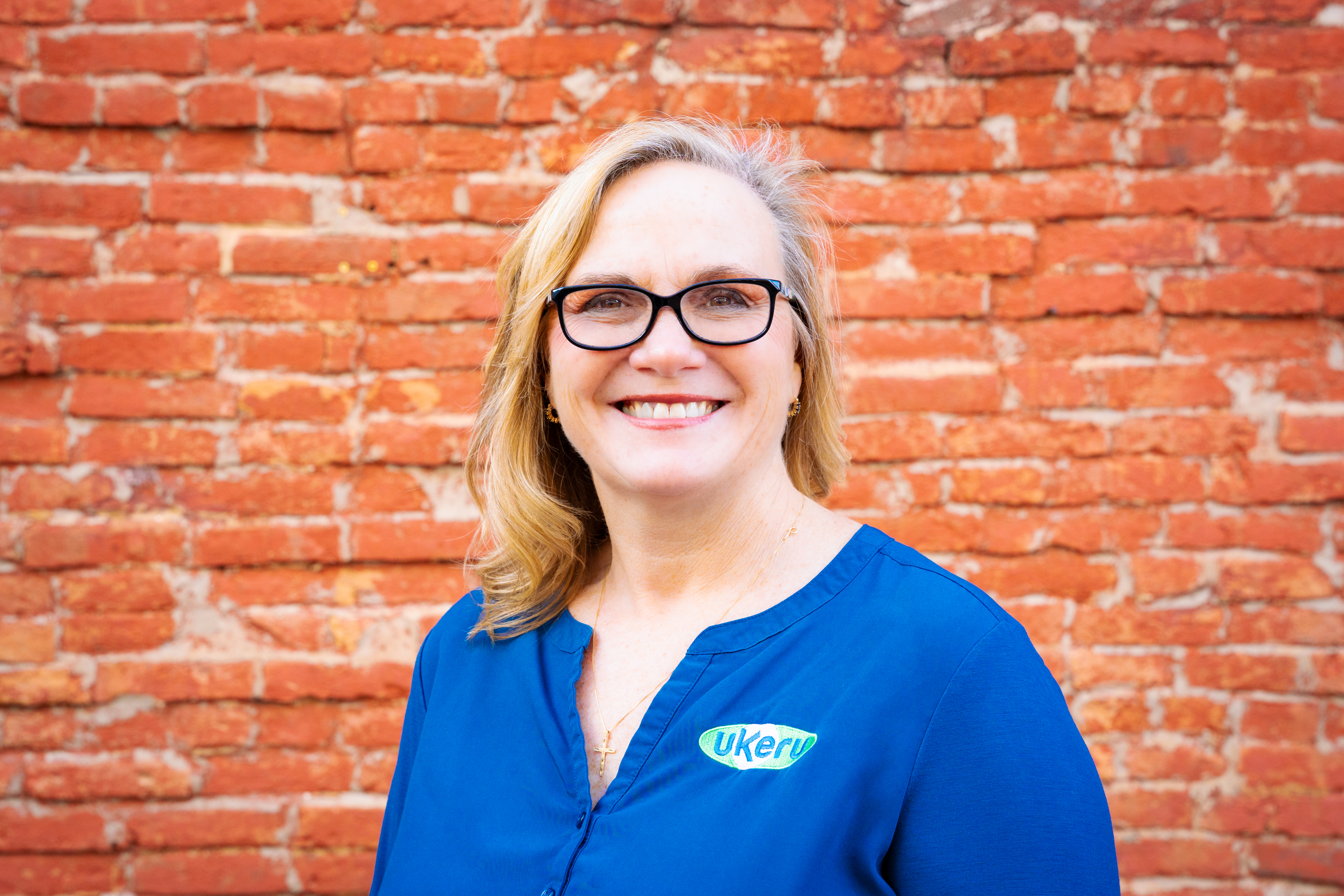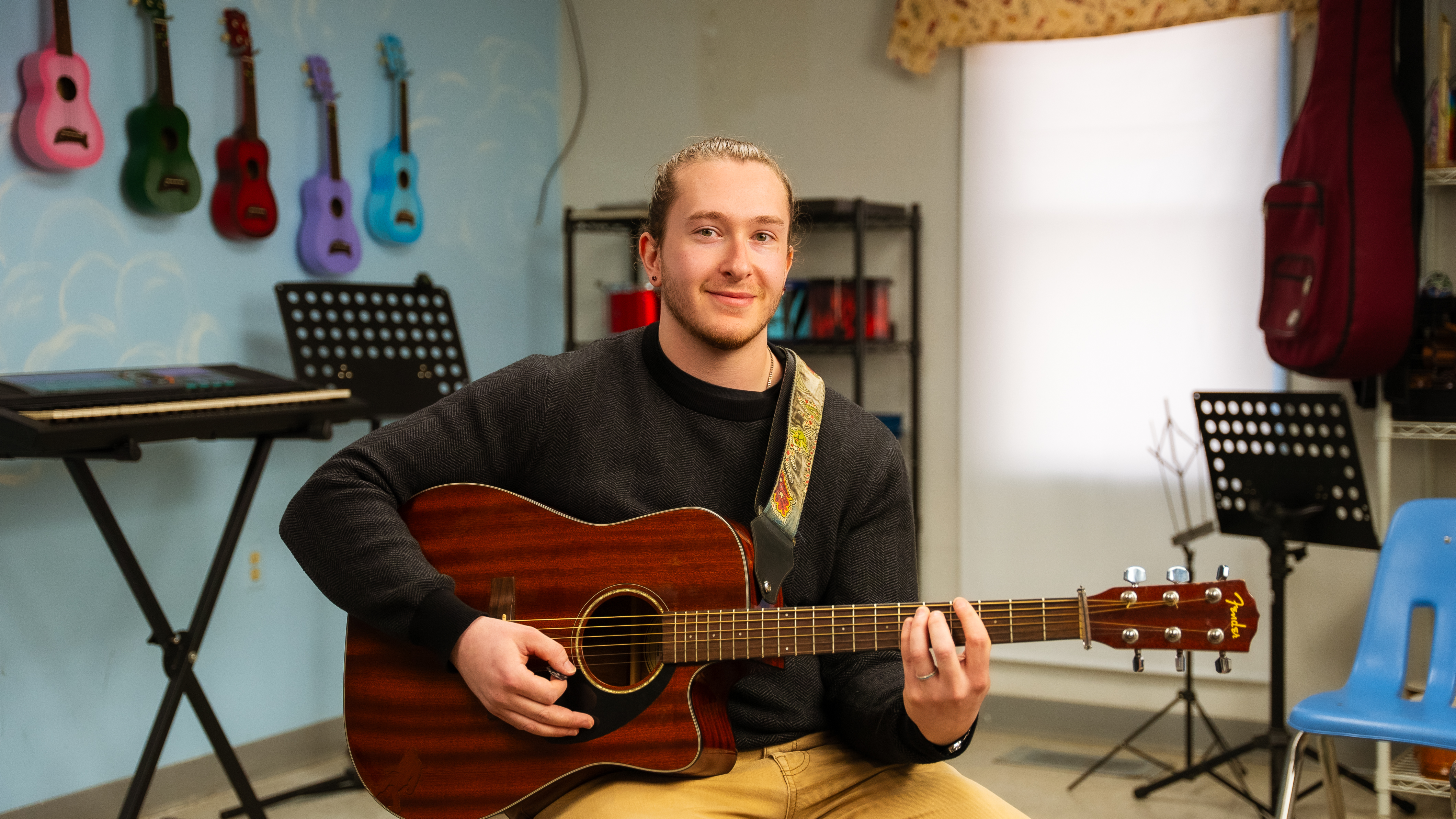As part of our efforts to share information and help support the elimination of restraints and seclusions, we want to shine a spotlight on individuals and organizations driving change. In this issue, we are speaking with Abraham Hill, Psychiatric Technician Instructor in the Department of Developmental Services at California State Agency.
When did you start working in the behavioral healthcare field?
I started in this field in 1990. It’s hard to believe it’s been nearly 30 years! Nothing had prepared me for my initial experience. In orientation, there was a class on abuse where they showed pictures of a young man with his arm severely burned by cigarettes. I worried that I wouldn’t be able to relate to my clients.
I started working with children. Because I was so young myself, I was able to easily relate to them. Even though we supported children with difficult challenges, I found it easy to develop positive relationships with them. As a result, they trusted me and it was easier for me to encourage them to make better decisions.
In fact, the young man in the picture with the cigarette burns ended up being one of the children with whom I worked. The trauma and abuse he had suffered was horrendous and, as a result, he was challenging. But he made such an impression on me. We kind of “grew up” together. And he is a great example of the why our work is so important. After the developmental center closed, this young man went out into the community and, by all accounts, is doing well.
Working with clients like him made me want to stick around to help others and to recommit my life.
How have things changed over the years?
When I first started out, isolation/restraint rooms — small with only a tiny window and a big, heavy door with a large restraint chair in the center — were regularly used. I worked in a developmental center; back then, restraints were included in regular treatment plans.
At the time, there was a different way of thinking. The ratio was one staff to eight individuals. When you have to get eight people up, bathed, groomed, eating their breakfast and ready for the next transitional event, you don’t have a lot of time to be person-centered. That model focused on getting fundamental needs met, but there was no room for growth or the social aspect of someone’s life.
But, over time, I started to see a paradigm shift; one that considered quality of life. I saw changes to staffing models and delivery of services. There was more of an understanding that, if we’ve identified a need for a person, it’s our responsibility to help them meet that need.
The teaching aspect of my job was what kept me in the field of behavioral health. I was enlisted to be a change agent as a teacher for that paradigm shift. Not just teaching the people we serve, but also the staff; teaching them that we need to change our way of thinking. Creating the understanding that, when a client seems out of control, he is telling us something – a communicative intent. His quality of life isn’t being met.
Can you describe your personal experience, as a caregiver, in using restraint and seclusion?
Early in my career, that was the culture. We were told, “This is your job. It’s what’s best for everyone.” But after a while, it was clear that it doesn’t really provide treatment. If someone is hungry when you put them in restraints , they’re still hungry when you take the restraints off. And once you put your hands on someone, no relationship is maintained unscathed.
You learn that teaching a person skills so that they can get their own needs met is a better way of treating them. When you do that, you are also building a positive relationship. When I saw that, I realized restraints shouldn’t be used as part of regular treatment.
What was your introduction to Ukeru?
In California, where I work, the state wanted to provide more of a safety net for people with developmental disability who are in crisis. I work in one of two crisis centers that are part of that effort. In our center, we wanted to provide an additional step in the de-escalation process to avoid putting our hands on people. Ukeru and the pads help do that.
Consider someone who is already in a crisis state having to acclimate to a new environment as a last resort placement. That is the client population I work with. And the Ukeru system works here. I can proudly say that the home I work in has been open for three years and we’ve never had to use a mechanical restraint, even though it is still a treatment option of last resort.
A few years ago, a newly admitted individual had a two-hour crisis episode. For two whole hours, the staff intermittently took turns using the pads to work with this individual. Even though the thought probably ran through their minds that “we should we put our hands on him,” they were persistent. And it ultimately worked. Even better, I don’t think they had to use the pads with him for the remainder of the year he was at the center. Not only did they stop the crisis after that two hours, but he realized that everything they were saying to him — that he was safe with us — was true. He was convinced that the staff were there for his best benefit.
How did you implement this program?
We first emphasized the Grafton training and incorporated content into our existing training. We always focused on proactive interventions and Grafton reinforced that with their curriculum. We then developed a strategy to teach the staff the situations in which the pads would most likely be used. We taught them the techniques and made sure they were competent with them. We had drills. When emergencies happen, we set them up for success. When we have someone using the Ukeru pads, we want to make sure the whole team is aware and that the staff feels supported. And, of course, we make the pads available and ensure they are in good condition.
There were challenges with some staff who needed convincing. We had to remind them that, when you do that, you damage the relationship with that individual. You’re really not supporting the individual or being therapeutic. There is also a higher likelihood for injury. We really had to work with those who held these beliefs.
And, of course, change is difficult for people. But people had to experience it. I demonstrated through role-playing, showing staff how to use the pads. I was also there for staff when they actually had to use them with clients. I had to be in their ear, reminding them that, it may be challenging to do something new, but we need to keep the bigger picture in mind. At the end of a situation where you use Ukeru, you’ll still be able to reconnect with your client. That’s not something you can do when a client is physically restrained.
Is there anything else you’d like us to know?
We’d been on the path to making that paradigm shift to a model that is person centered. But we just needed an additional lift over that hill. Ukeru helped us get there – the equipment, the whole philosophy and what it represents. Ukeru believes, like we do, that the relationship you build with your client is the best way to get where you want to go.




